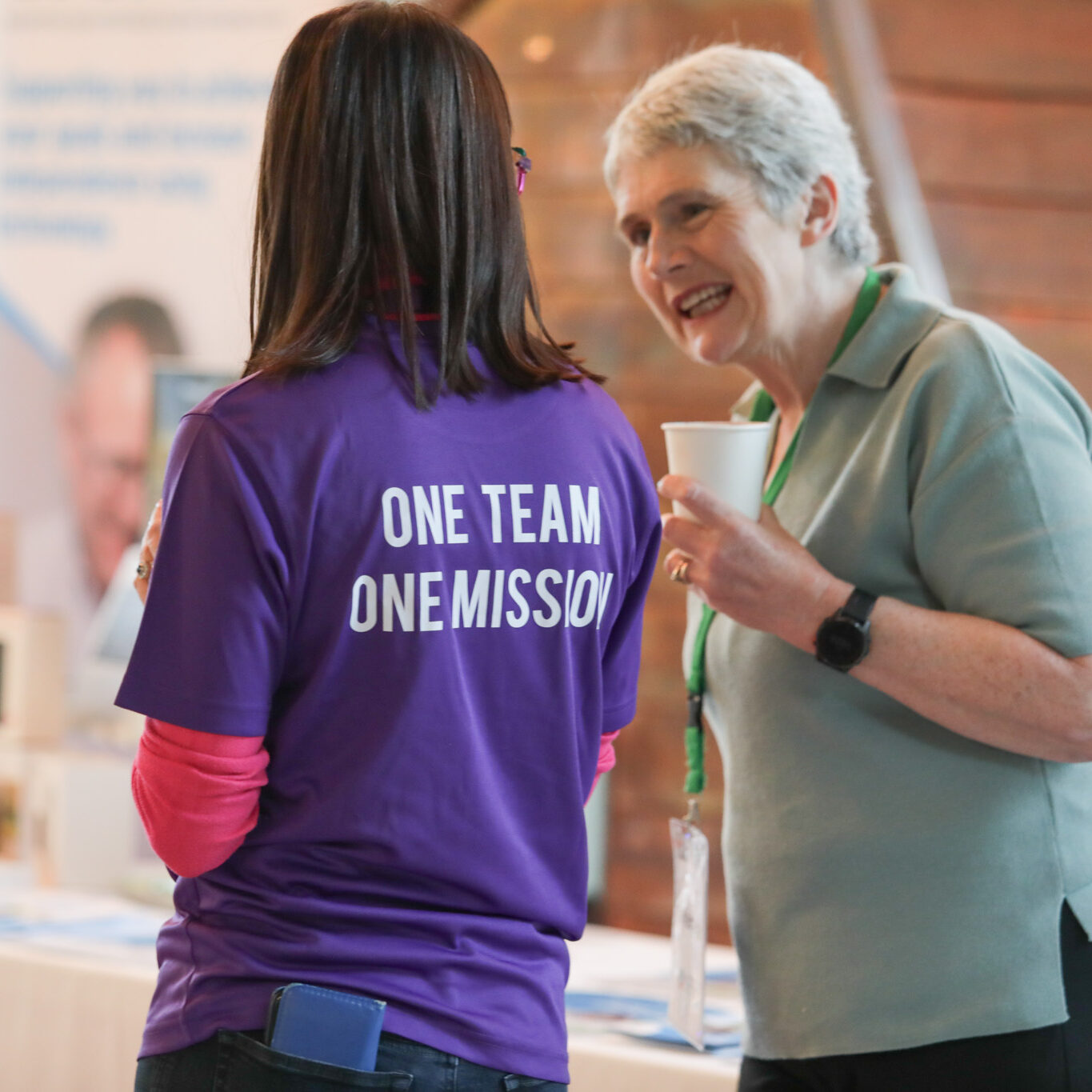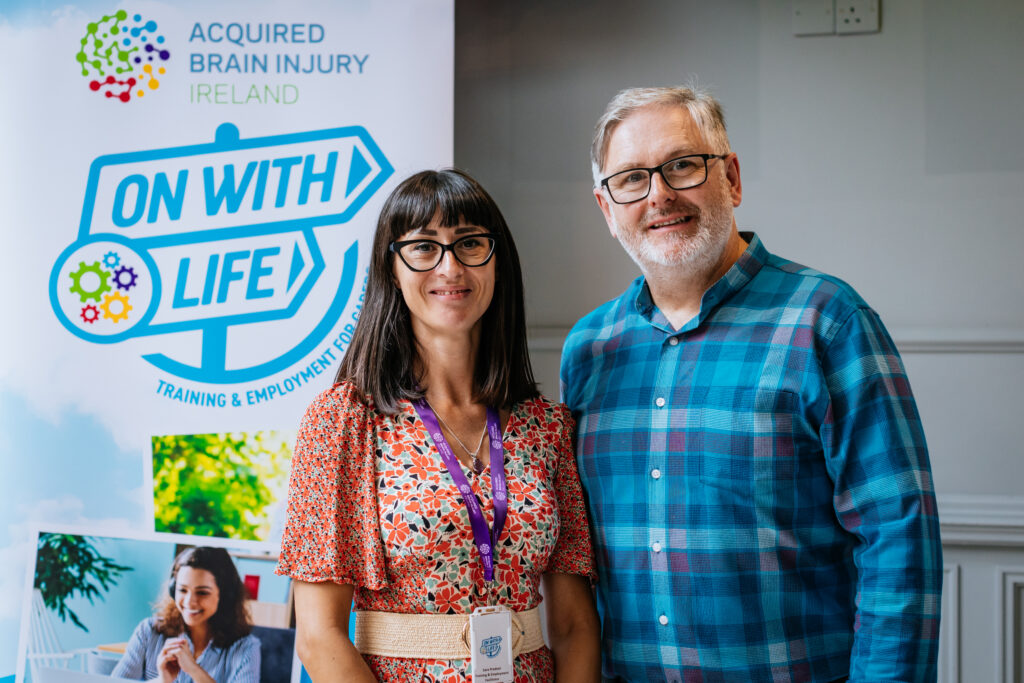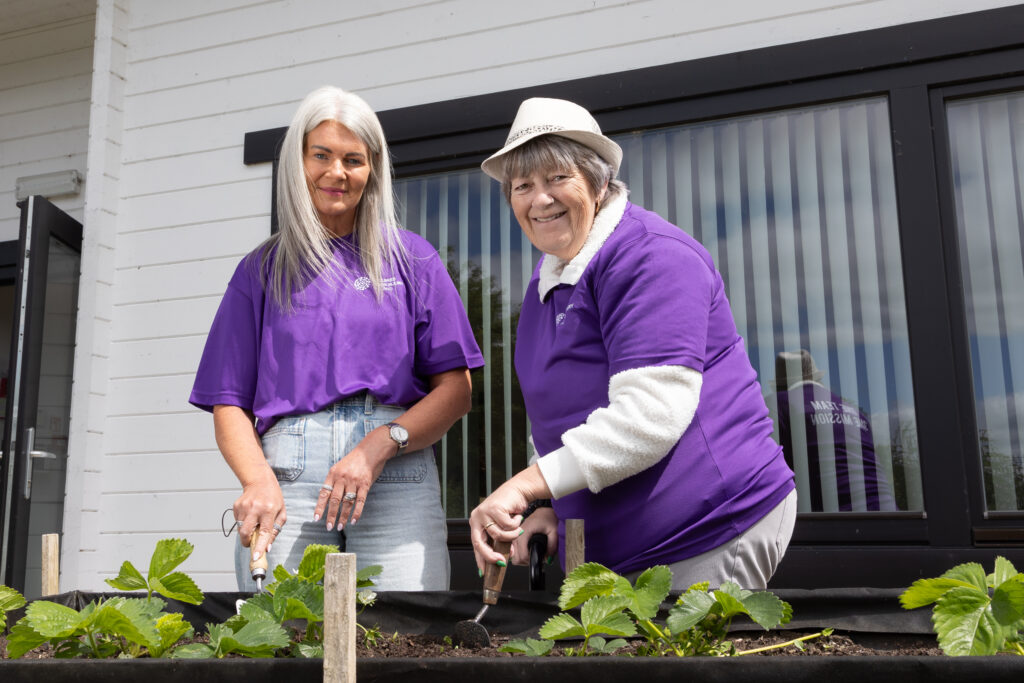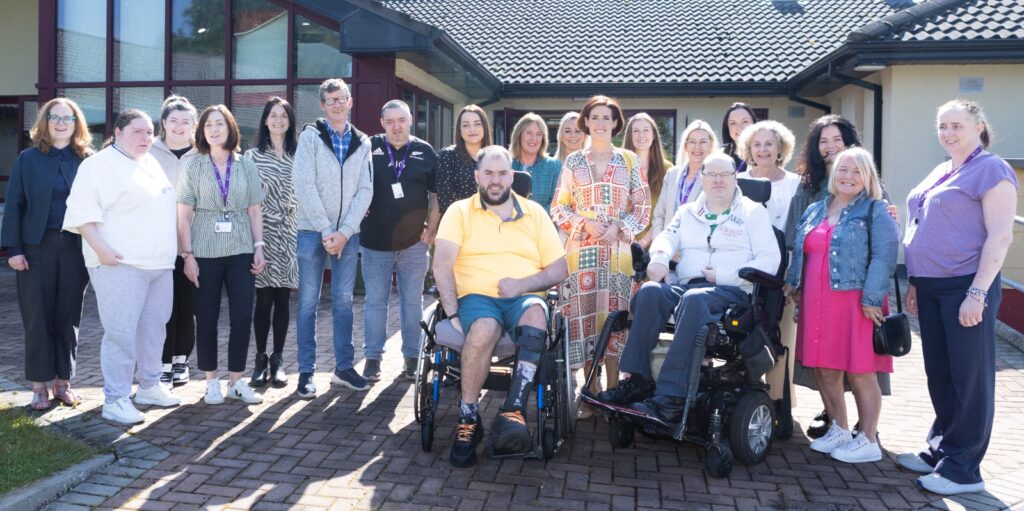We are appealing for funding to rehabilitate 90 young people in inappropriate placement in nursing homes back into the community. In 2021, The Ombudsman’s Wasted Lives report identified 1,300 people under 65 living inappropriately in nursing homes largely designed for the care of older people. Many are there because of the lack of appropriate services and suitable housing in the community. There is no pathway for them from hospital to home. It has now been more than two years since the publication of this report and very little has changed in that time.
The Ombudsman is planning an update of the Wasted Lives report this Autumn. Figures obtained by RTÉ News under the Freedom of Information Act showed that at the start of this year there were still 1,250 people under 65 in nursing homes with a majority of these living with acquired brain injury.
In our pre-budget submission for 2024, we are seeking a €4m allocation in Budget to take the first steps to begin to move 90 people with disabilities under the age of 65 out of nursing homes. With funding support of €4m in 2024, we can take the lead on solving this issue, working with the HSE, to support 90 people towards living independently in the community and provide them with a much improved quality of life. There is a serious lack of services and funding in Ireland for anyone living with a brain injury or other neurological condition. As a result of this, too many people do not have access to the services they need.
With an allocation of €4m in Budget 2024, we could establish three National Assessment Teams to assess the needs of those under 65 inappropriately living in nursing homes; set out a pathway to support approximately 90 people to move back to community living and help to prevent future admissions. A further €500,000 would also enable a much needed Case Manager in each of the nine HSE CHO Areas. The National Neuro Rehabilitation Strategy (2011) sets out an ‘Ideal Pathway’ for those impacted by brain injuries and other neurological conditions. It sees survivors moving from acute hospital care, through specialist in-patient rehabilitation, then onto services like ours within the community.
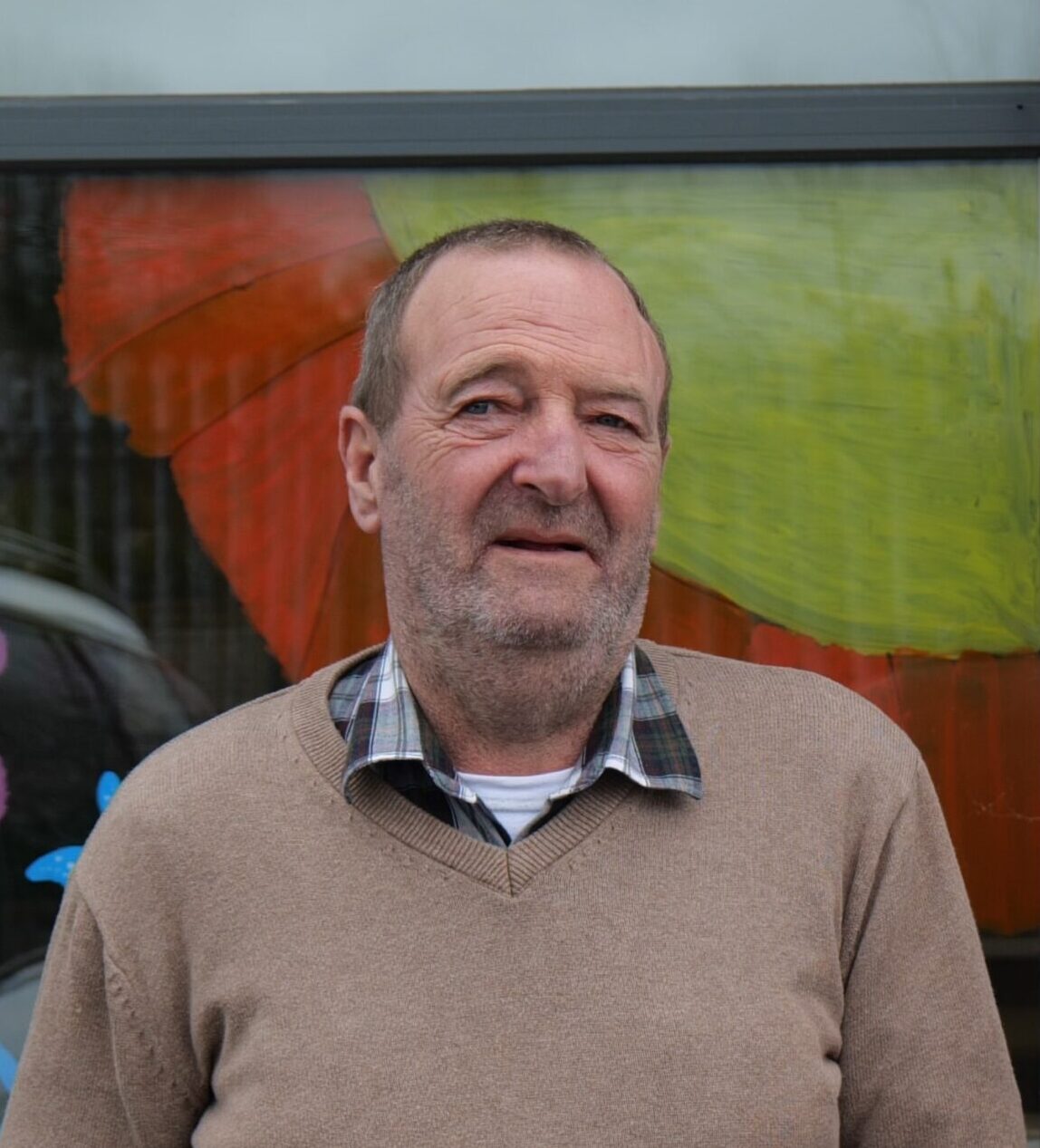

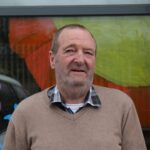
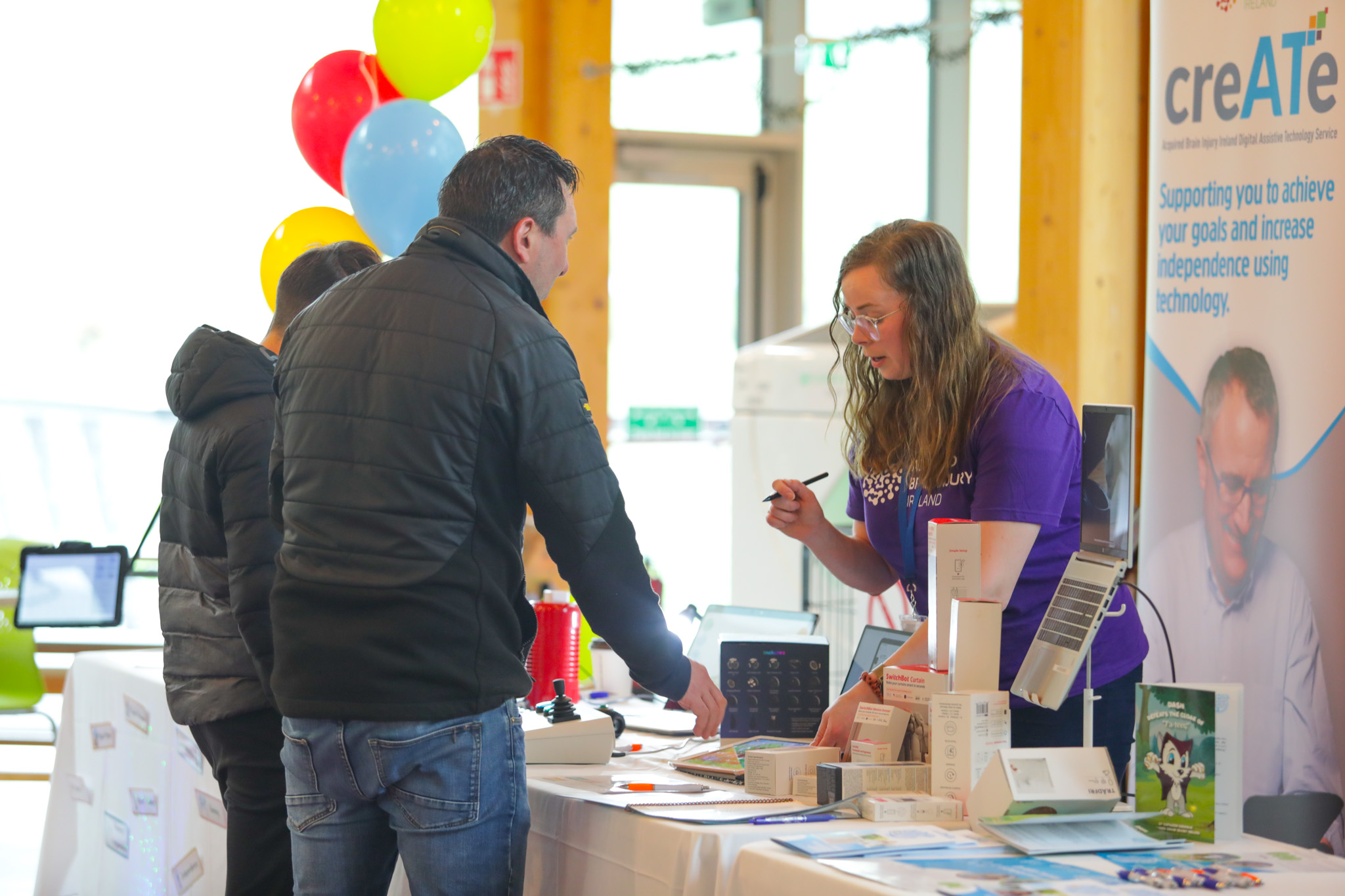 New funding boosts assistive technology programme for brain injury survivors
New funding boosts assistive technology programme for brain injury survivors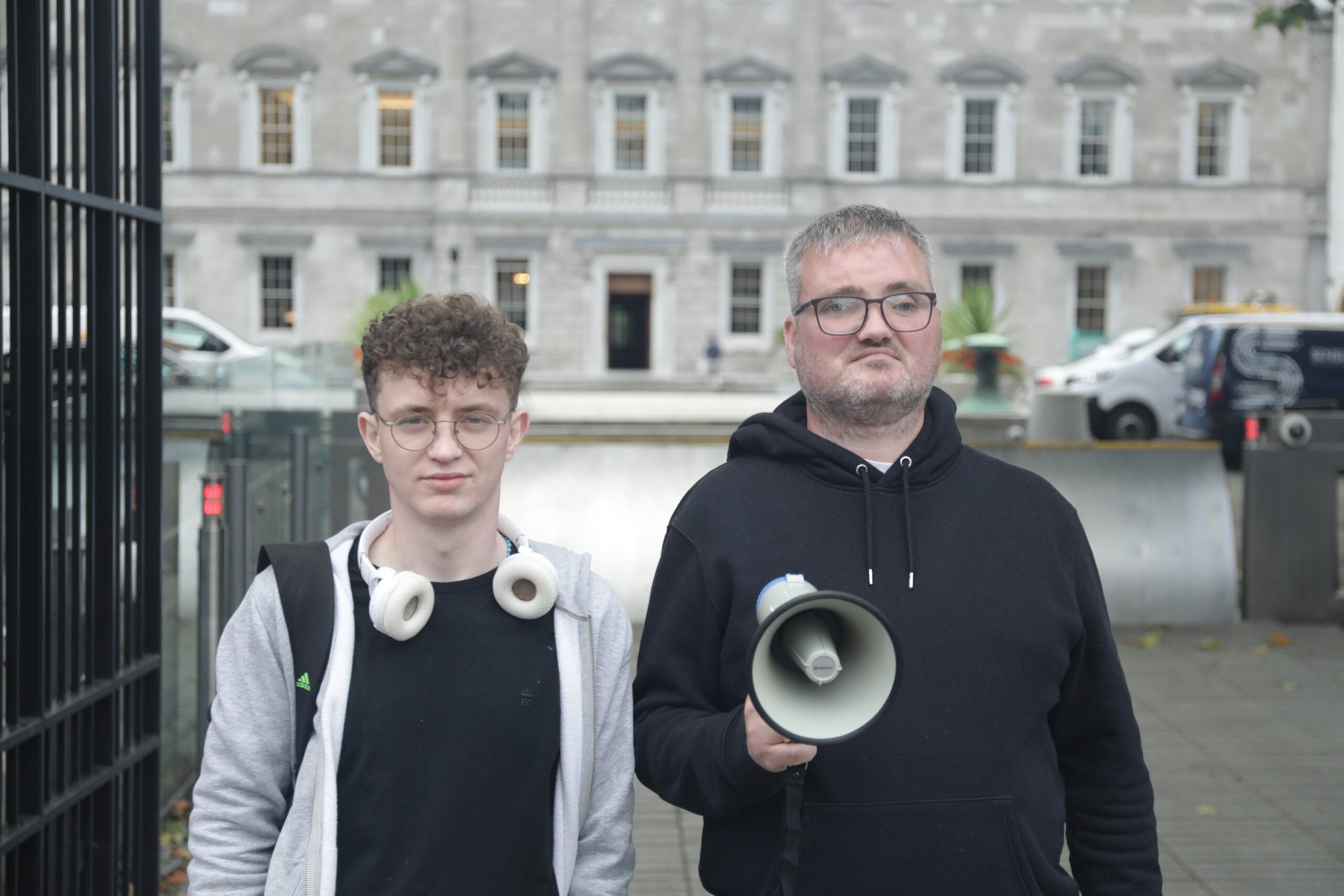 Acquired Brain Injury Ireland calls for €2m in Budget 2026 to fund a national Brain Injury Case Management Service
Acquired Brain Injury Ireland calls for €2m in Budget 2026 to fund a national Brain Injury Case Management Service Strategies for Education for Students (aged 16+) with acquired brain injury
Strategies for Education for Students (aged 16+) with acquired brain injury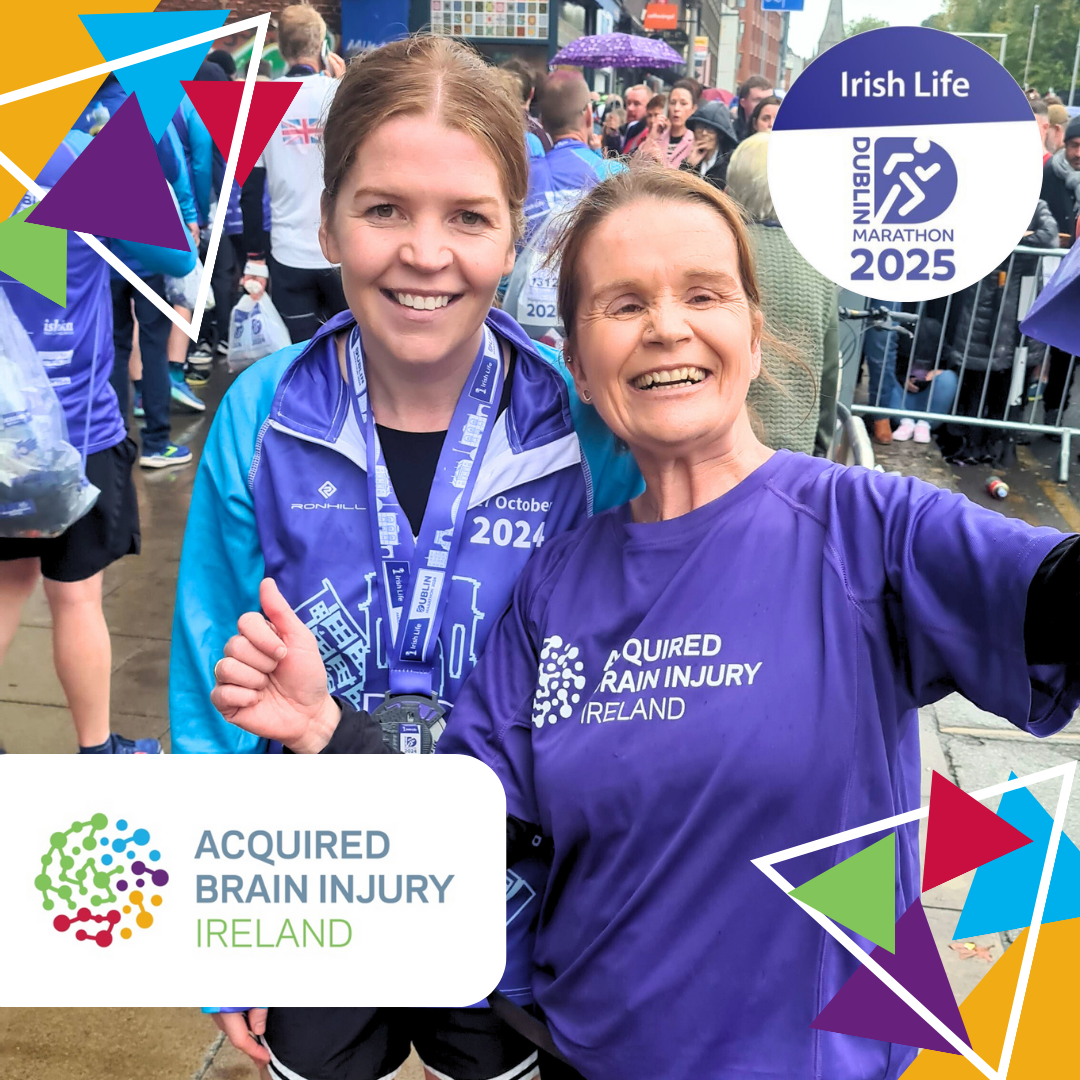 Irish Life Dublin Marathon 2025
Irish Life Dublin Marathon 2025